Optimal Timing for Foundation Repairs
Foundation repairs are most effective when performed during specific times of the year, depending on climate and soil conditions. Proper timing can help ensure the longevity and stability of the repair work, minimizing potential complications caused by weather or ground movement.
Spring offers moderate temperatures and soil conditions that are conducive to foundation work, especially after winter freeze-thaw cycles have subsided.
Summer provides longer daylight hours and stable weather, making it ideal for extensive foundation repairs, provided that high temperatures and dry conditions are managed.
Fall can be a suitable time for repairs as soil moisture levels are often optimal, reducing the risk of shifting ground during the repair process.
Winter is generally less favorable due to frozen ground and cold temperatures, which can hinder excavation and curing processes.

Springtime offers ideal conditions for foundation stabilization work after winter.

Longer days and stable weather make summer a popular choice for extensive repairs.

Fall's moderate moisture levels support effective foundation repair projects.
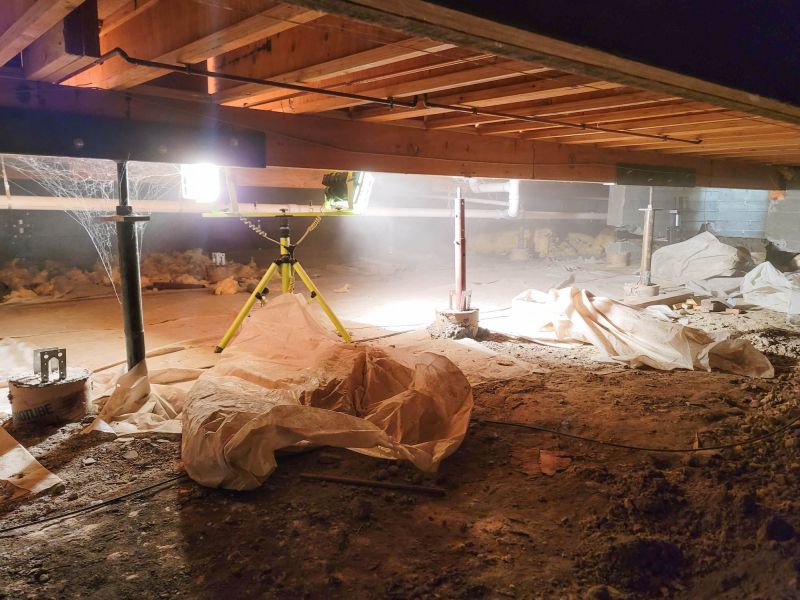
Ways to make Foundation Repairs work in tight or awkward layouts.
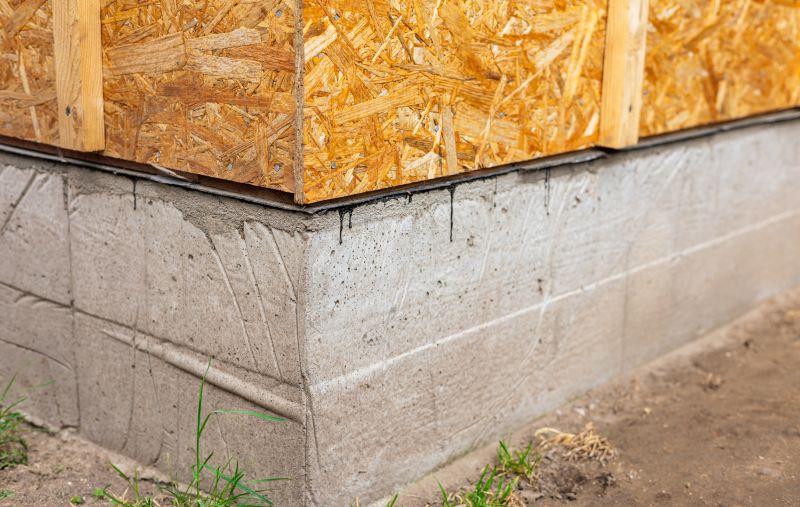
Popular materials for Foundation Repairs and why they hold up over time.

Simple add-ons that improve Foundation Repairs without blowing the budget.
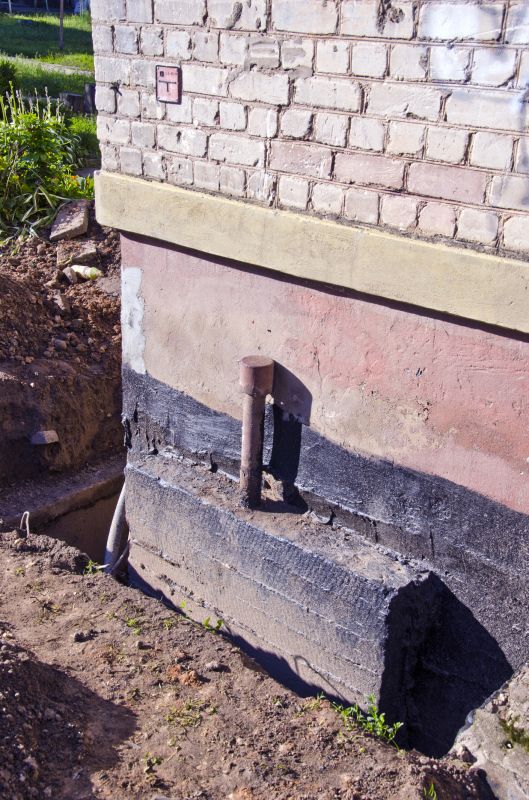
High-end options that actually feel worth it for Foundation Repairs.
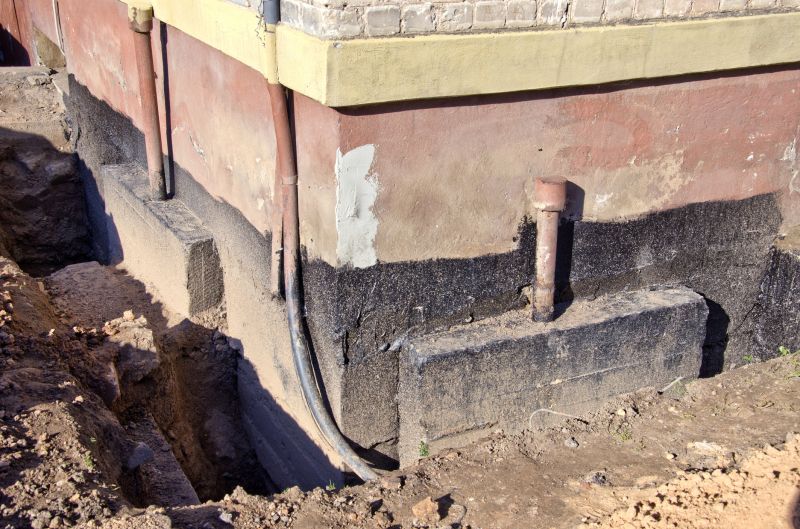
Finishes and colors that play nicely with Foundation Repairs.
| Season | Best Conditions |
|---|---|
| Spring | Moderate temperatures, soil thawing, and manageable moisture levels. |
| Summer | Stable weather, longer daylight, but watch for high heat. |
| Fall | Optimal soil moisture, cooler temperatures, and less extreme weather. |
| Winter | Frozen ground and cold temperatures limit repair options. |
Foundation repairs involve addressing issues such as settling, cracking, or shifting that compromise the structural integrity of a building. Proper timing ensures that repairs are durable and effective, reducing the risk of future damage. Soil conditions, weather patterns, and ground moisture levels all influence the success of foundation work. Statistics show that repairs performed during optimal seasons tend to last longer and require fewer follow-up interventions, emphasizing the importance of scheduling during the right time of year.
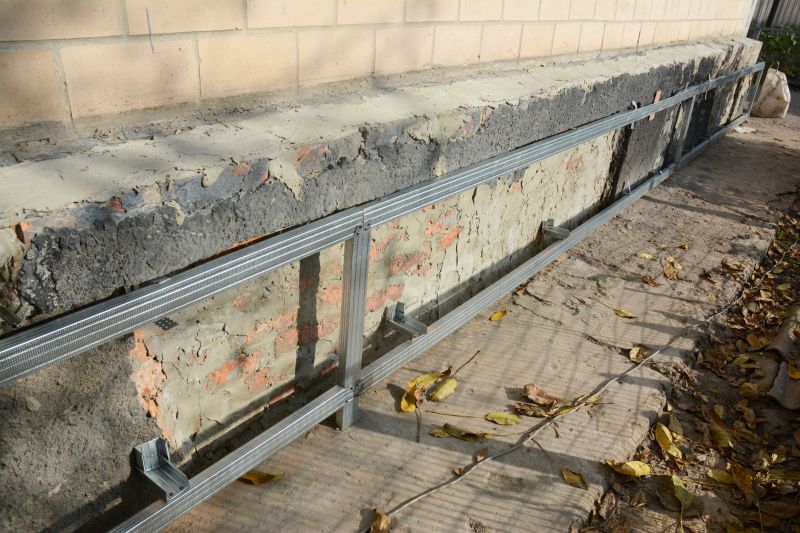
Workers stabilize and reinforce foundations to prevent further movement.
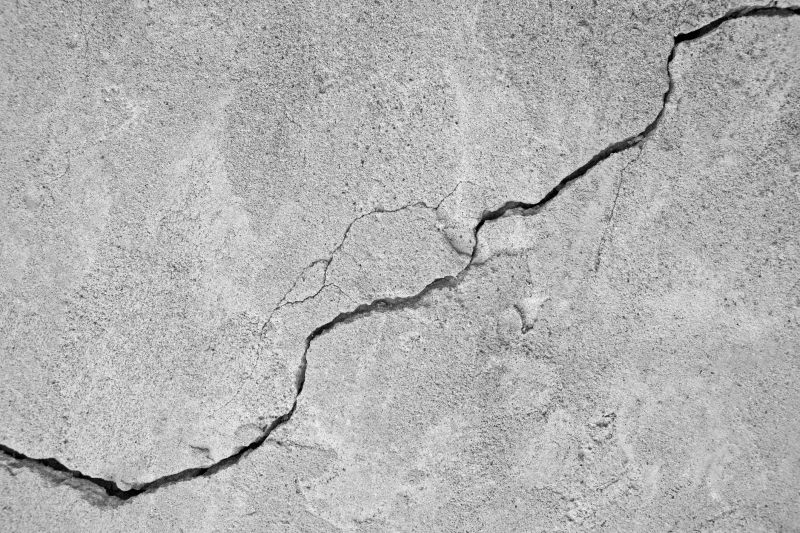
Sealing and structural reinforcement to prevent water intrusion and damage.

Methods used to lift and stabilize sinking foundations.

Techniques to improve ground conditions before repairs.
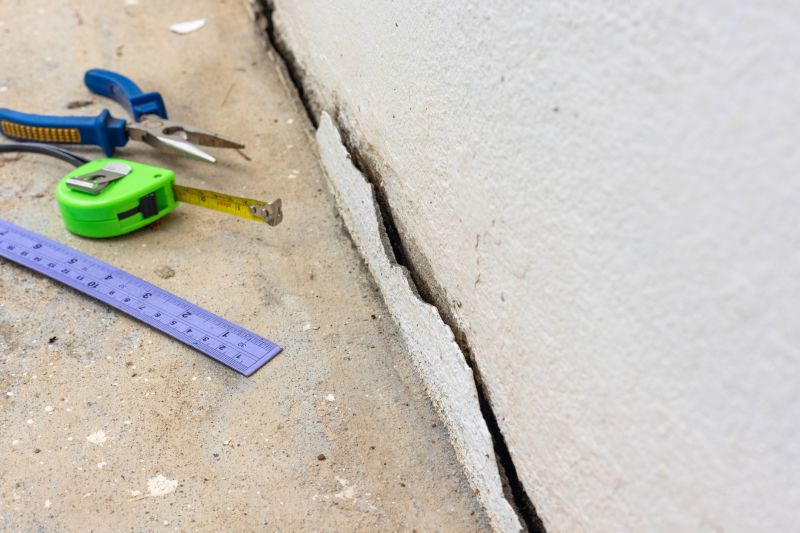
Little measurements that prevent headaches on Foundation Repairs day.

A 60-second routine that keeps Foundation Repairs looking new.

A frequent mistake in Foundation Repairs and how to dodge it.

Small tweaks to make Foundation Repairs safer and easier to use.
Timely foundation repairs are essential for maintaining property value and safety. Proper planning and execution during the most suitable seasons can lead to more effective stabilization and long-lasting results. If there is interest in scheduling foundation repairs, contacting a professional for an assessment is recommended to determine the optimal timing based on specific site conditions.

